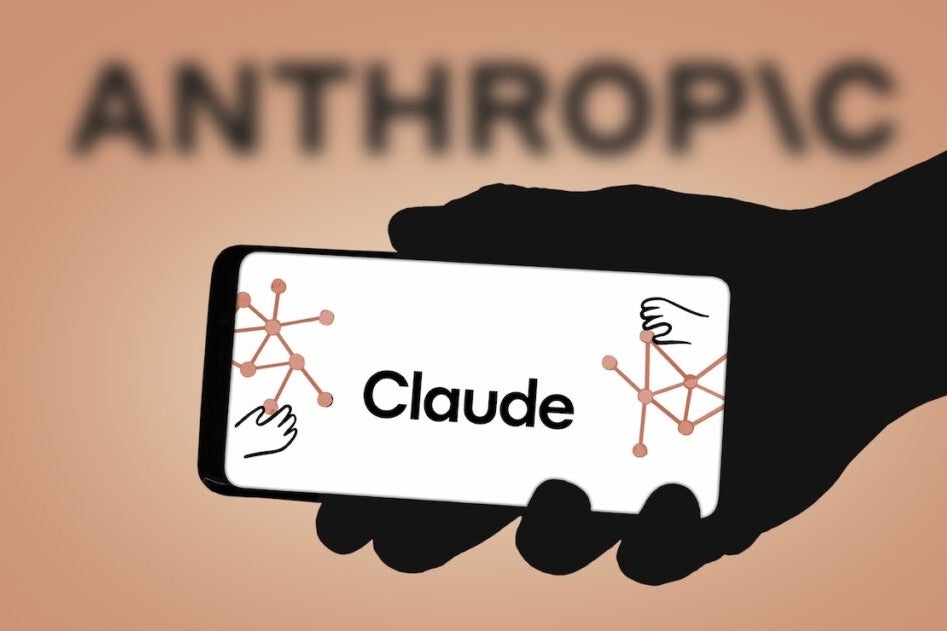The recent developments surrounding the $1.5 billion settlement involving Anthropic, a company backed by tech giants Amazon and Alphabet, provide an important case study in the intersection of artificial intelligence (AI) and copyright law. U.S. District Judge William Alsup’s preliminary approval of the settlement is indicative not only of the legal ramifications of AI training practices but also signals potential shifts in industry standards regarding content creation and intellectual property. For leaders of small and medium-sized businesses (SMBs) and automation specialists, these developments demand careful consideration of both strategy and technology platforms in the AI landscape.
The reported use of over 7 million pirated books by Anthropic to train its Claude chatbot underscores a critical weakness within existing AI models: the heavy reliance on proprietary content without appropriate licensing or compensation to creators. As AI platforms develop, the challenge remains to balance the need for expansive training datasets with ethical considerations and legal constraints. This case serves as a cautionary tale for AI developers, emphasizing the need for compliance and accountability in leveraging external content.
In light of this case, a comparative analysis of leading automation and AI platforms such as OpenAI and Anthropic is warranted. OpenAI has been known for its robust capabilities in natural language processing and generating human-like text, primarily through its GPT models. Its strengths lie instability and accessibility, allowing developers and businesses to integrate AI functionalities seamlessly into applications. Conversely, Anthropic, while newly emerging, has rapidly gained attention due to its strategic backing, evidencing both strengths and vulnerabilities. The recent funding surge to a valuation of $183 billion positions Anthropic as a formidable contender, yet the settlement’s implications could hinder its operational strategies moving forward.
Cost is a determining factor when considering which AI platform to adopt. OpenAI operates on a tiered pricing model, allowing for scalability depending on usage—an attractive option for SMBs looking for cost control while scaling operations. In contrast, Anthropic’s cost structures remain less transparent, primarily due to its nascent stage and the rapid evolution of its valuation and funding. Consequently, businesses must evaluate the long-term financial impact of integrating either platform, factoring in not just the immediate costs but also the potential risks associated with legal accountability and public perception.
Evaluating the return on investment (ROI) associated with these platforms also requires attention to the scalability of each. OpenAI’s established presence in the market and broad integration possibilities across various applications lend a clear edge in terms of immediate ROI for businesses looking to enhance productivity and automate processes. Anthropic, however, with its recent influx of funding and rapid growth, showcases potential for future innovations and might lead to impressive ROI in the longer term—but with the caveat of current legal entanglements that could stymie that growth trajectory.
For automation specialists, comparing tools such as Make and Zapier reveals similar dynamics. Make offers a more visual interface and flexibility in workflow design, while Zapier boasts a broader array of integrations and user-friendly functionality. Both platforms present strengths and weaknesses that influence their effectiveness based on the specific needs of SMBs. The costs involved are also variable: while Zapier’s pricing scales with the number of tasks, Make’s model emphasizes project-based pricing allowing for greater budget predictability. Ultimately, the choice between these platforms should hinge on the unique automation requirements of the business and the desired scalability for future growth.
Recent legal challenges for AI companies serve as a stark reminder that adopting new technology must not only encompass practical considerations, such as cost and usability, but must also include a thorough understanding of compliance and regulatory implications. As litigation against AI developers becomes increasingly common, businesses utilizing these technologies should prioritize due diligence regarding the platforms they engage with.
Leaders should therefore mitigate risks by investing in platforms that demonstrate a commitment to ethical AI usage and transparency. Engaging with AI technologies that prioritize compliance and copyright considerations will not only safeguard businesses against potential lawsuits but also enhance their brand’s credibility in a competitive market.
In summary, the legal and ethical landscape of AI technology is shifting and requires SMB leaders to adopt a strategic approach to platform selection. Analyzing the strengths, weaknesses, costs, and scalability of tools such as OpenAI and Anthropic, as well as automation platforms like Make and Zapier, is critical for informed decision-making. Deployment of these technologies must align with an organization’s long-term objectives, ensuring sound ROI while navigating the complexities of an evolving legal framework.
FlowMind AI Insight: Businesses must remain vigilant and proactive as AI and automation technologies evolve. Prioritizing compliance and transparency can serve as a competitive advantage in a marketplace increasingly scrutinized for ethical practices, enabling sustainable growth and innovation.
Original article: Read here
2025-09-26 03:18:00

